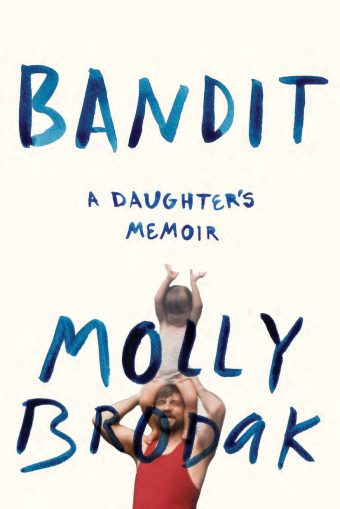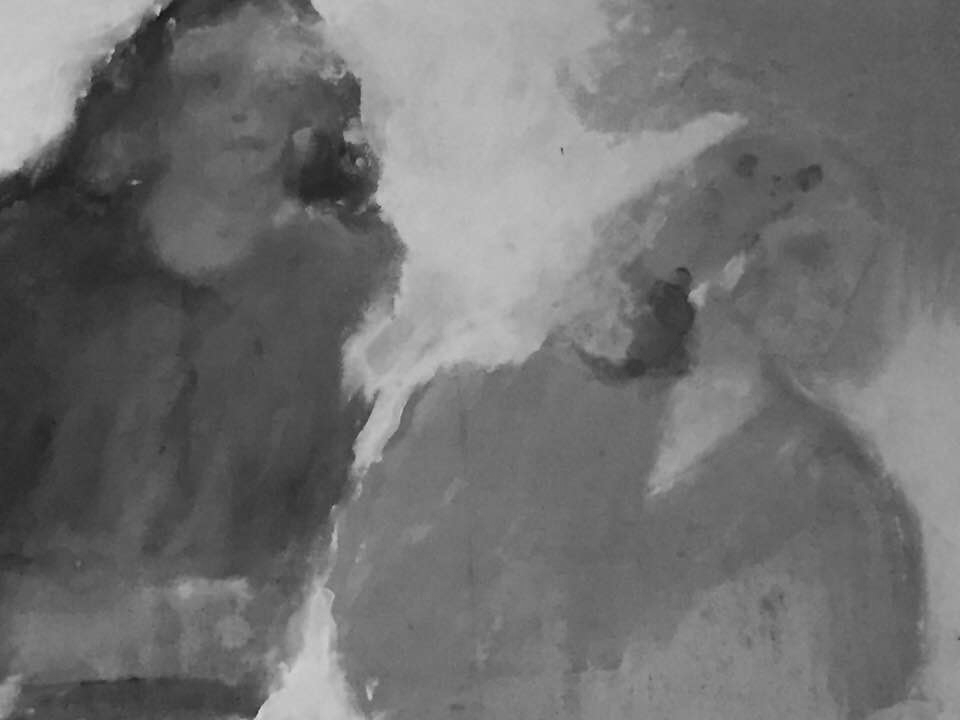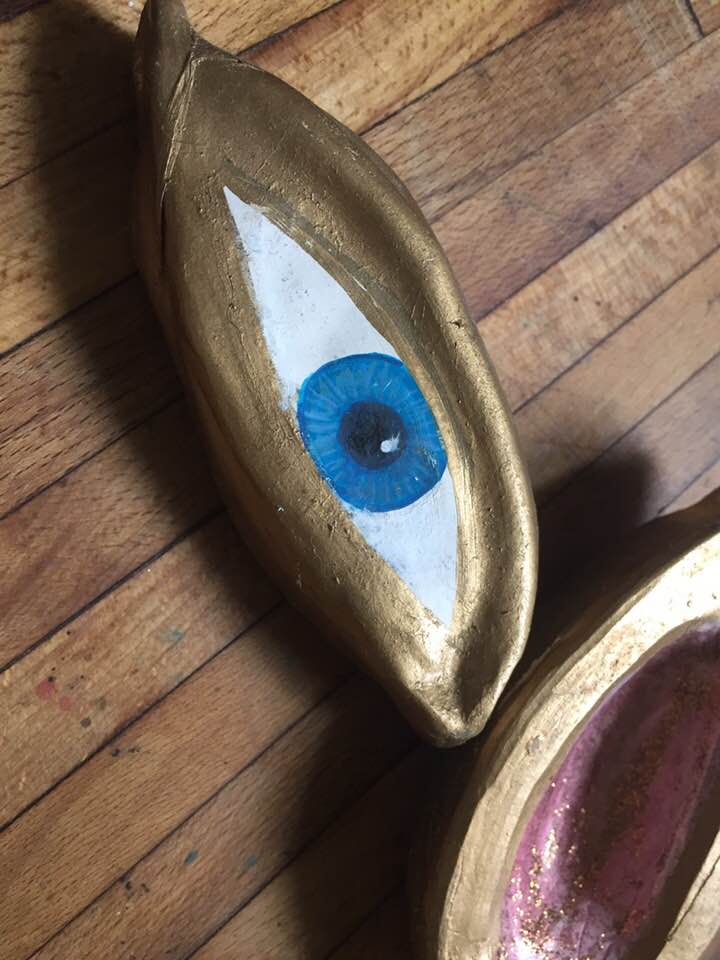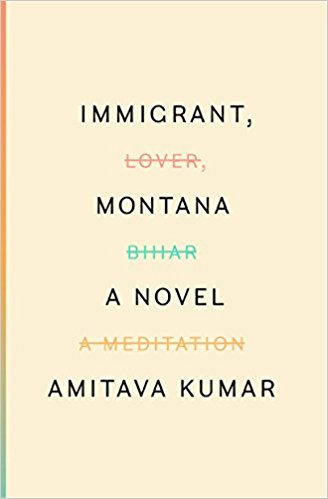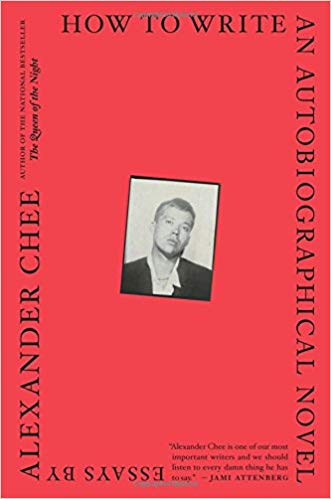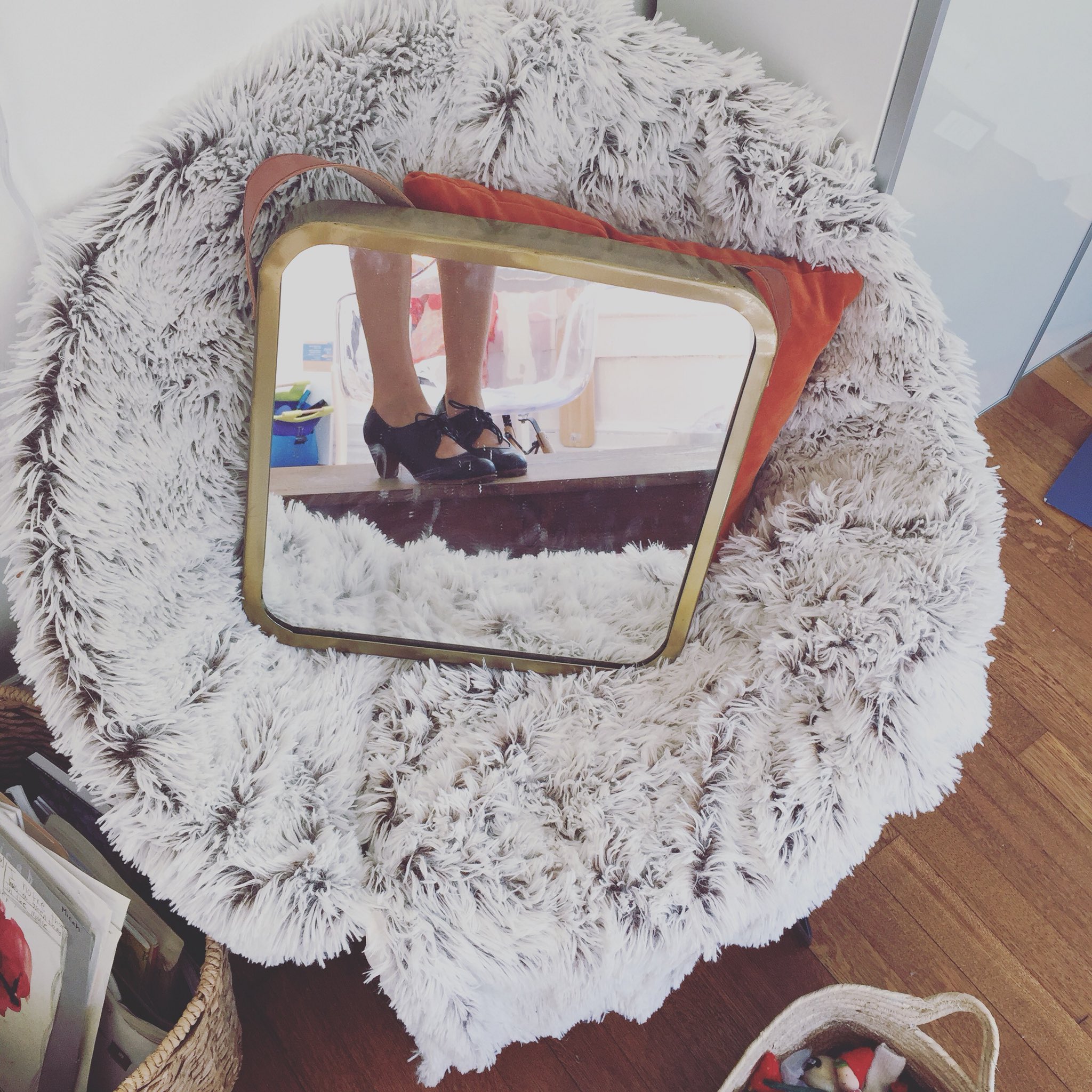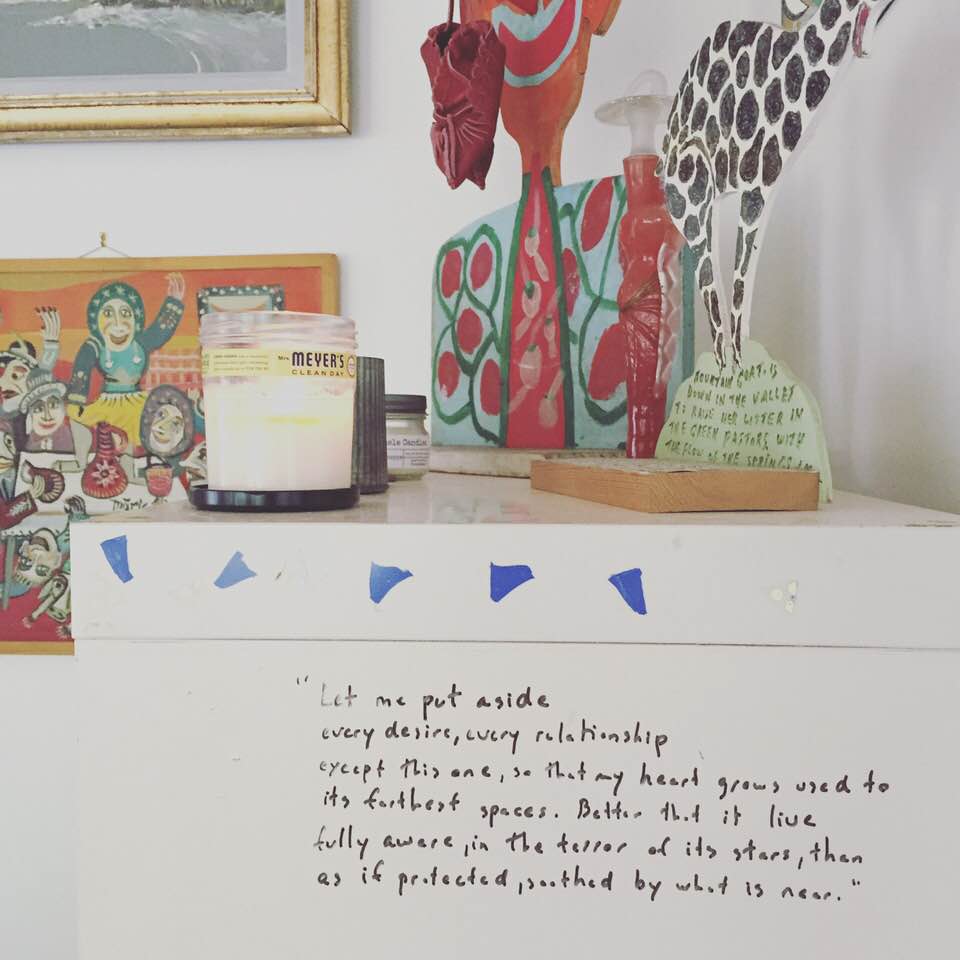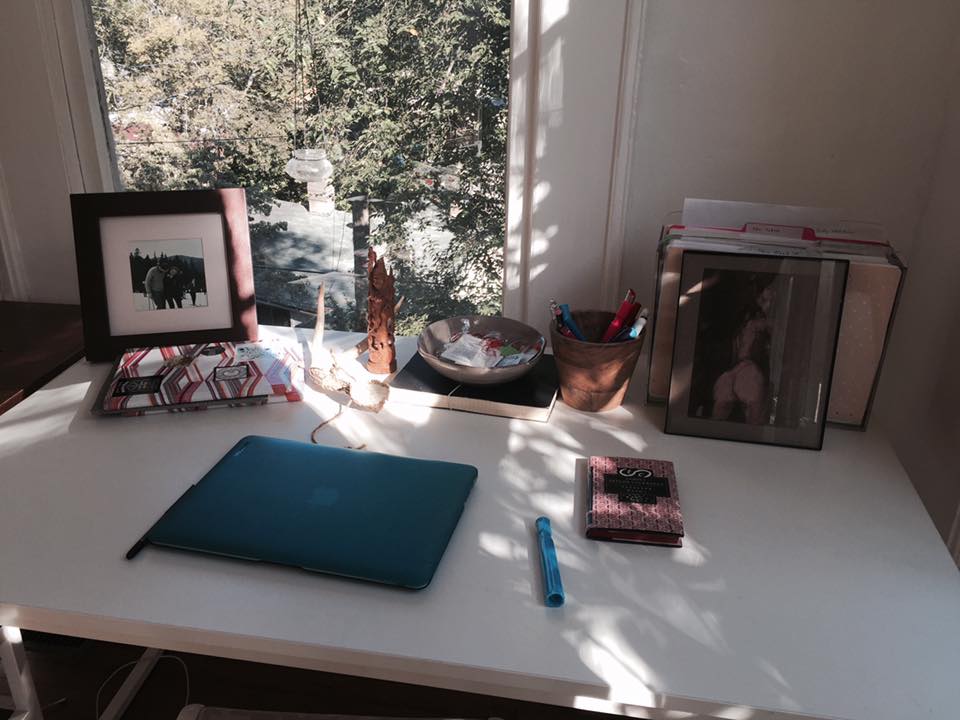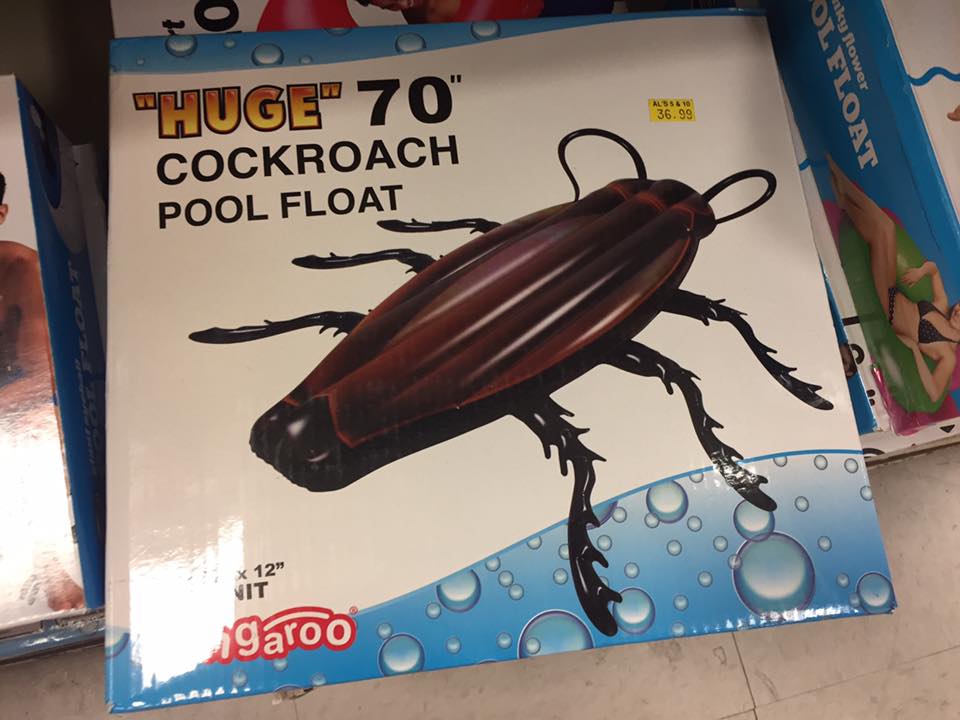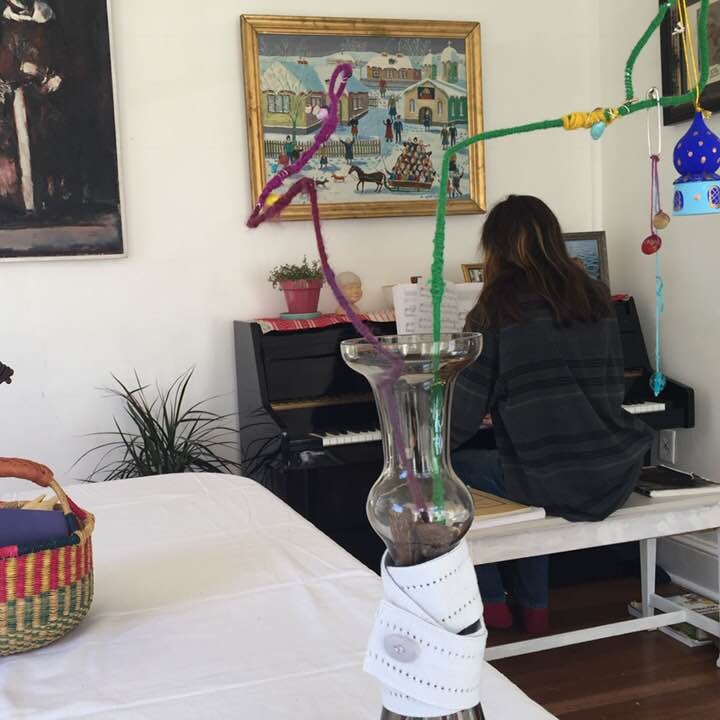Studying flash is that rope I throw myself when feeling slumpy about my writing silence. Twenty one flashes I adore in no particular order. Acknowledging that I love so many different flashes but the time I can steal to post about them is not enough--never enough time to say all the things I want to say in this world.
1.
Amy Rossi, "If You Need Me, I Will Be Over Here Listening to 'Slide It In' On Repeat" (Hayden's Ferry Review)
Simply delicious.
2.
Megan Giddings, "Three Boyfriends" (Passages North)
For the rich extended metaphors, the personifications, the way the boyfriends touch everything. A no is tree branches scrabbling against a bedroom window at 2:30 AM.
3.
Anna Lea Jancewicz, "The Water" (Cease, Cows)
So erotic somehow--beautiful. It just reaches out and holds you, draws you into the ocean, reminds you what it means to drown.
4.
Annabelle Carvell, "Good Girls Don't Use the F Word" (matchbook)
For the irresistible way in which Annabelle engages the taboo. For the ideal use of the list form in flash. For the careful stucturing and then the way everything falls apart at the end. Falls perfectly.
5.
Georgia Bellas, "Salisbury Beach Pizza Time Machine" (Wigleaf)
Because it takes the tiniest details, blows them up into sensations. Something that sticks as you free-ride nostalgia. It's over so fast. A slice you can't forget.
6.
Christopher Merckner, "Plates, By Bing and Grondhal" (the museum of americana)
Addictive and visceral. The turbulence of ordinary language. His wife does not regale, either, but she is a woman, and when it’s women there—and it is always women there, because the dudes are at work or otherwise doing something ineffectual and to no clear purpose and by means utterly clownish – there is no need for regaling.
7.
Claire Polders, "Office Women: Three Portraits and Thirteen Questions" (Necessary Fiction)
I love the movement, the frame, the questions....
8.
Claudia Cortese, "The First Mall" and "The Milk Bells Inside Her" (The Offing)
Just keep reading and reading these two.
9.
Robert Lopez, "Two Syndromes At Once" (Fanzine)
The play around the dated word "Mongoloid" fascinates me because my child was born with congenital hypothyroidism which used to be called "cretinism." I love flashes that bumble around archaic words. Also moves so lucidly and well. Reader is drawn into narratorial "we". This is when we realize we might be suffering from Stockholm syndrome and we ask each other if this is what is happening.
10.
Deb Olen Unferth, "Likable" (NOON)
First line: She could see she was becoming a thoroughly unlikable person. Perfect set-up for what follows; the use of questions; the blurred POV....
11.
Jennifer Kircher Carr, "Applause" (Hobart)
Because I swear I've been in this auditorium, losing my mind before--so convincing. Also a great use of sentence length to create motion, to stir chaos, to mix voices, to render us anonymous in the watching.
12.
Elaine Chiew, "Compendium of Chinese Ghosts, Part I & II" (Jellyfish Review)
For the gorgeous writing and the Chinese ghosts. For the fascinating personifications and liminalities. For the detached but close narration that reminds me so much of immigraniada's exile. Death is so pissed off at being given no lines he keeps buzzing around the buffalo as a pesky fly.
13.
Karen Donovan, "Several Repurposed Pictorials" (Smokelong Quarterly)
Because it starts with "Earth pig" and doesn't stop. A perfect example of using images to create flash. For the concept of "pictorials" and how much inspiration is borne in this model piece.
14.
Jami Attenberg, "The Off-Season" (Smokelong Quarterly)
For the brilliant way in which New @NewYorker is a framing device. For the way in which mosquitos weave in and out. Something brilliant in the stitching of this flash.
15.
Aubrey Hirsch, "Why We Never Talk About Sugar" (Vestal Review)
Because I vividly imagined being pregnant with so many objects while reading. And the plot is fantastic, details perfectly rendered. Those six small spoons. Impeccable
16.
JoAnna Novak, "The Wait" (The Paris Review)
For the perfect construction. The canvas pulled taut. Incredible language and verb reverals that remind me of Grace Paley at her best. Now, when you bring me to your different bed, I slow myself from desiring you, new person. Ceremony, like patience, is a dark art.
17.
Meg Pokrass, "Lily and the Jackalope" (Failbetter)
Because I couldn't stop laughing. Fell in love with the narrator. Enjoyed every second these four flashes. Being a religious woman and a Republican made the concept of truth a confusing matter at times.
18.
George Saunders, "Sticks" (Story)
Classic example of exposition using an object. Vivid details, clever narrative, unforgettable.
19.
Leesa Cross-Smith, "Little Doves" (The Offing)
For the effective use of POV. For unforgettable language: A soupçon of lust-musk. For the voice/s and the incredible intimacy. The delicate brushstrokes.
20.
Maria Pinto, "Black People Don't" (Pinball)
For the visceral writing, the action, the livingness of it. For the coming-of-age, the entry into old wounds, the discovery of new ones, the scars that we learn. Magnificent voice. Her voice about-faced within the second syllable, becoming stern on the upswing, as if its obedience training could keep the 17-year-old dog’s body on task.
21.
Vi Khi Nao, "Super Aroused Women During Sandstorms" (Kill Author)
Because.... my god.
